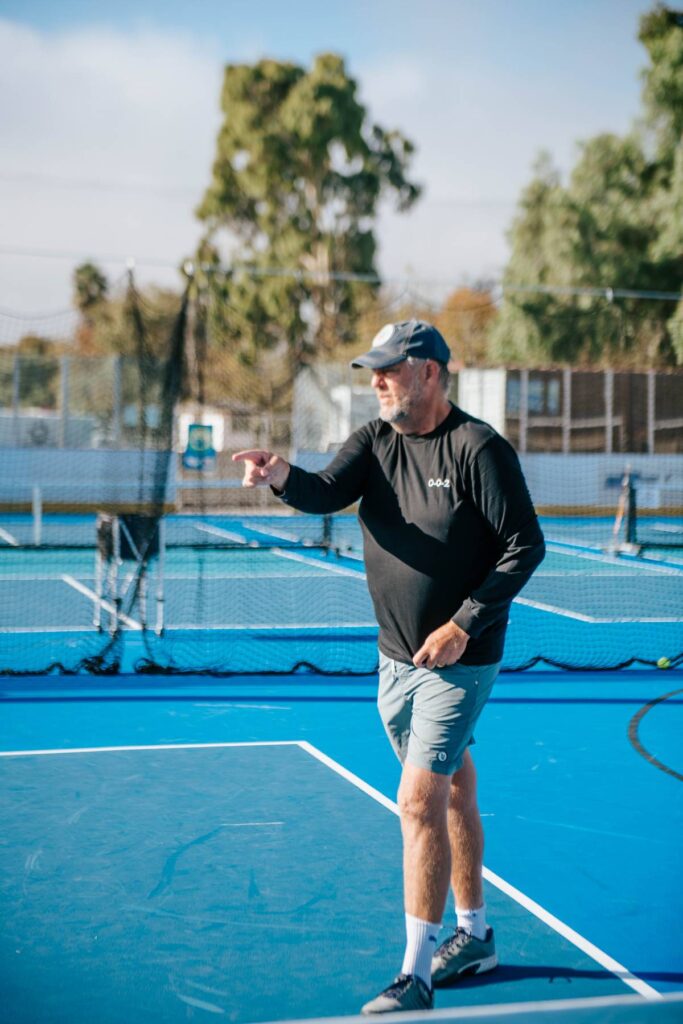
The evolution of the 3rd Shot
This past week, I had the chance to be a student in three different clinics with three unique instructors. As both a player and a coach, I love being coached—but I walked away from each clinic scratching my head, as each coach offered conflicting advice. One said to drop every third shot, another to drive it, and another to drip (hybrid between a drop and a drive). Should we attack every 5th shot, drop every 5th, or only attach those we catch out of the air? Attack straight ahead or attack cross court?
Pickleball strategy is evolving rapidly, and so is each player’s and coach’s perspective. At first, the mixed messages felt confusing. Then it became clear: the key is versatility. It’s less about playing how we want and more about playing in ways that disrupt our opponents’ rhythm and leaning into our super powers.
There’s no single “right” way to play or teach this game. It’s a puzzle, and I enjoy figuring it out. Ultimately, I’m my own best critic, recognizing what I need to work on. I can take each coach’s perspective and place it into the bigger puzzle of my game.
My advice is to learn it all, so you have it when you need it.When it comes to our 3rd shot of the game we have options.
So you have options with the 3rd shot and it’s vital that you learn to know how to execute and know when to use the four options.
The Traditional 3rd Shot Drop
Once known as the most essential shot in pickleball, the 3rd shot drop aims to land in your opponent’s kitchen. This shot gives you and your partner time and space to transition smoothly to the non-volley zone (NVZ) line.
The Drive
The most common 3rd shot because it’s easy to execute. Drives work best against opponents who struggle with fast balls, especially if you keep them low. However, as you progress, better players counter drives more effectively, making it harder to gain time and space.
The Drip
A hybrid between a drive and a drop, the drip is hit at around 60% power, causing it to dip as it crosses the net. This mid-paced shot forces opponents to decide whether to take it in the air or let it bounce, often resulting in a pop-up when executed well.
The Lob
An occasional surprise, the lob sends the ball over opponents’ heads into the back of the court, pushing them toward the baseline. Use it sparingly to keep them on their toes.
Practice Tips
Drill these different 3rd shot options and learn when to use each. For group practice, try rally scoring with one team serving the entire game to increase repetition. As you play, assess which 3rd shot works best against your opponents—adapt based on their weaknesses, not just your preferences.

